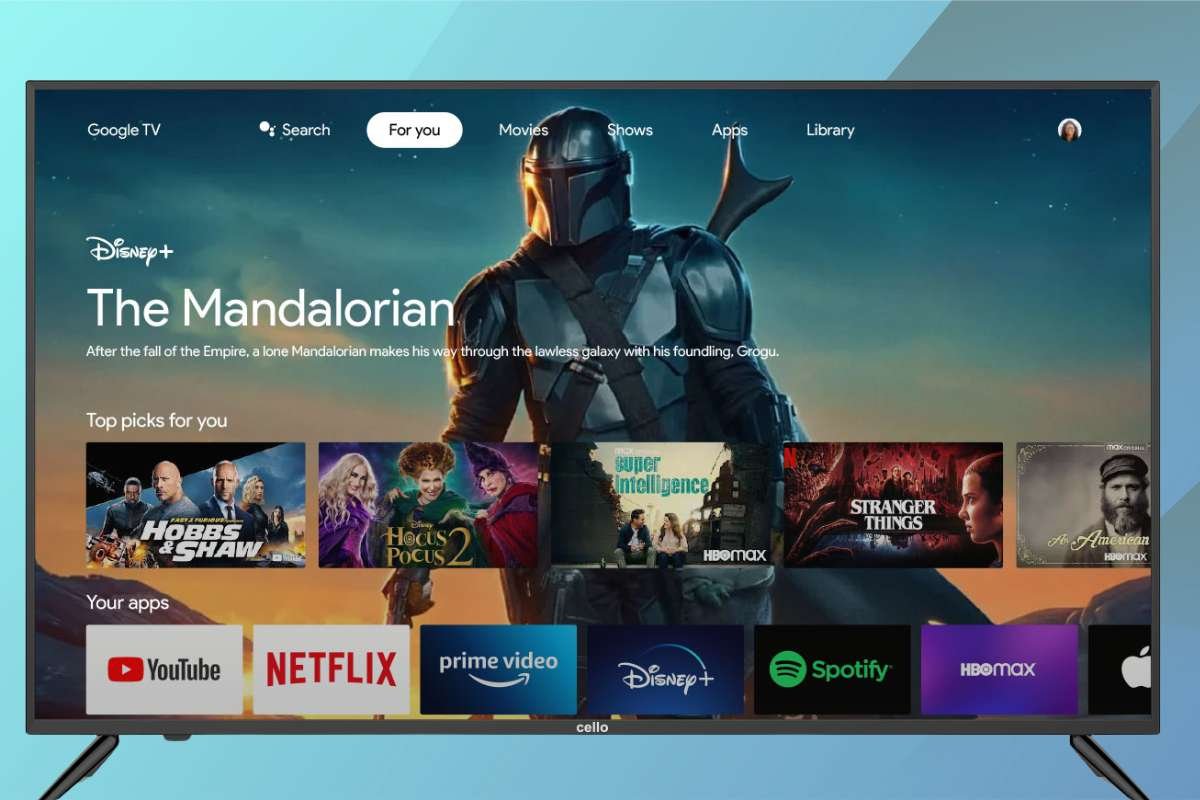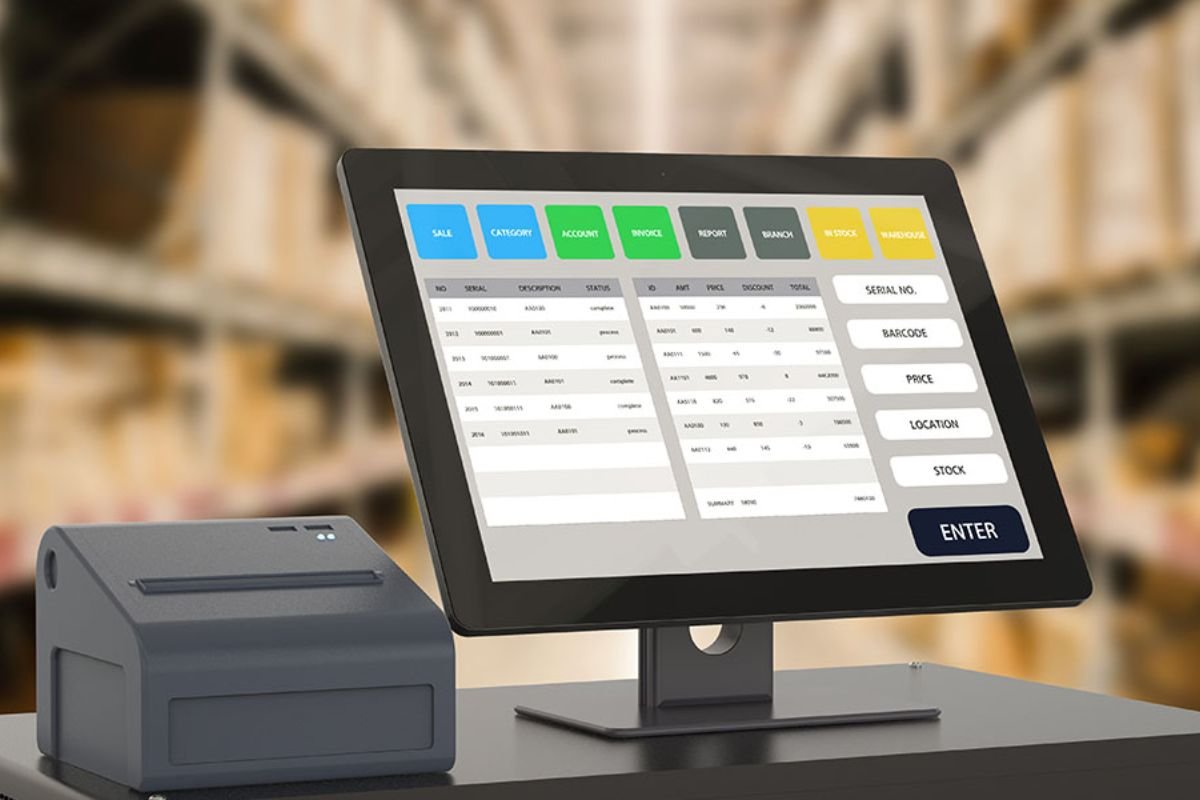Smart TV app development is a necessity in 2025. With people spending more time streaming content directly from their TVs, the demand for smooth, personalized, and high-performance smart TV apps has grown significantly. As more households move away from traditional cable services, developers are focusing on smarter, faster, and more user-centric apps to match the growing expectations of viewers.
Smart TVs are now at the center of home entertainment. This shift has made it vital for developers and businesses to stay updated with the latest features, tools, and challenges in smart TV app development. In this article, we will understand the evolution of streaming platforms, key features, necessary development steps, challenges, and future trends shaping smart TV apps in 2025.
The Evolution and Growth of Streaming Platforms
Streaming platforms have completely transformed how we watch content. From Netflix and Amazon Prime to Disney+ and regional services, streaming has become the go-to method for entertainment.
There are more than 300 streaming platforms globally, serving audiences with content in various languages and genres. These platforms are no longer just video libraries; they are content ecosystems with user data-driven personalization, live events, gaming, and community features.
With increasing competition, streaming services are investing in exclusive content, a smart advertising model, and better user experiences. This has also increased the demand for smart TV app development that offers a smooth, interactive, and tailored viewing experience.
Key Features Driving Smart TV App Development in 2025

1. 5G-Powered Streaming
Thanks to wider 5G adoption, smart TV apps now offer faster loading, ultra-HD streaming, and reduced buffering. In 2025, nearly 60% of households in urban areas use 5G-enabled TVs or devices, allowing developers to include features that were earlier limited due to slower speeds.
2. Predictive Analytics and AI Recommendations
Smart TV apps now track user behavior to suggest content more accurately. Platforms like Netflix, Amazon Prime, and Hulu lead the way, but even smaller players are integrating this to improve watch time and user satisfaction.
3. Personalized Viewing Experience
From setting user profiles to creating watchlists, apps now offer deeper personalization. Users can set content preferences, receive custom notifications, and even curate collections for future watching.
4. Voice Assistant Integration
Voice commands have become standard in 2025. Users can easily search content, adjust volume, or control playback using simple voice prompts like “Play the latest comedy movie” or “Pause episode one.”
5. Cross-Platform Compatibility
Modern smart TV apps work seamlessly across platforms, smartphones, tablets, game consoles, and TVs. This means you can start watching on your phone and continue on your TV without interruption.
6. In-App Purchases and Subscriptions
Many smart TV apps now support quick payment features, letting users subscribe, rent, or buy content within the app. Payment systems are secure and adapted for remote-based navigation.
7. Advanced UI and UX Design
Developers are focusing on simplified layouts, easy navigation, and minimalistic design. Since TV interfaces are controlled by remotes or voice, the user experience must be quick and intuitive.
Key Steps in Smart TV App Development
To build a successful smart TV app in 2025, developers follow these important steps:
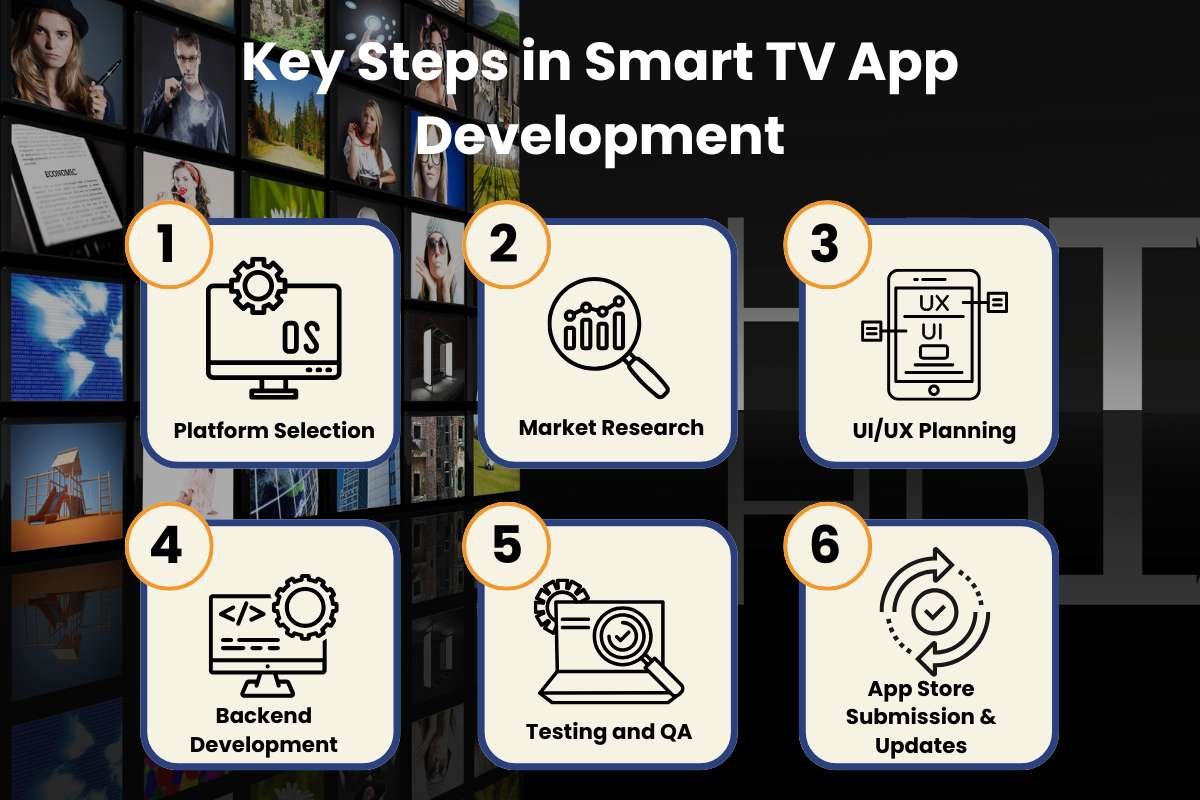
Step 1 – Platform Selection
Choose the right operating systems, Tizen (Samsung), webOS (LG), Android TV, Roku, Fire TV, or Apple TV, depending on your target audience.
Step 2 – Market Research
Understand your users. What content do they prefer? What devices are they using? This helps shape the app features and interface.
Step 3 – UI/UX Planning
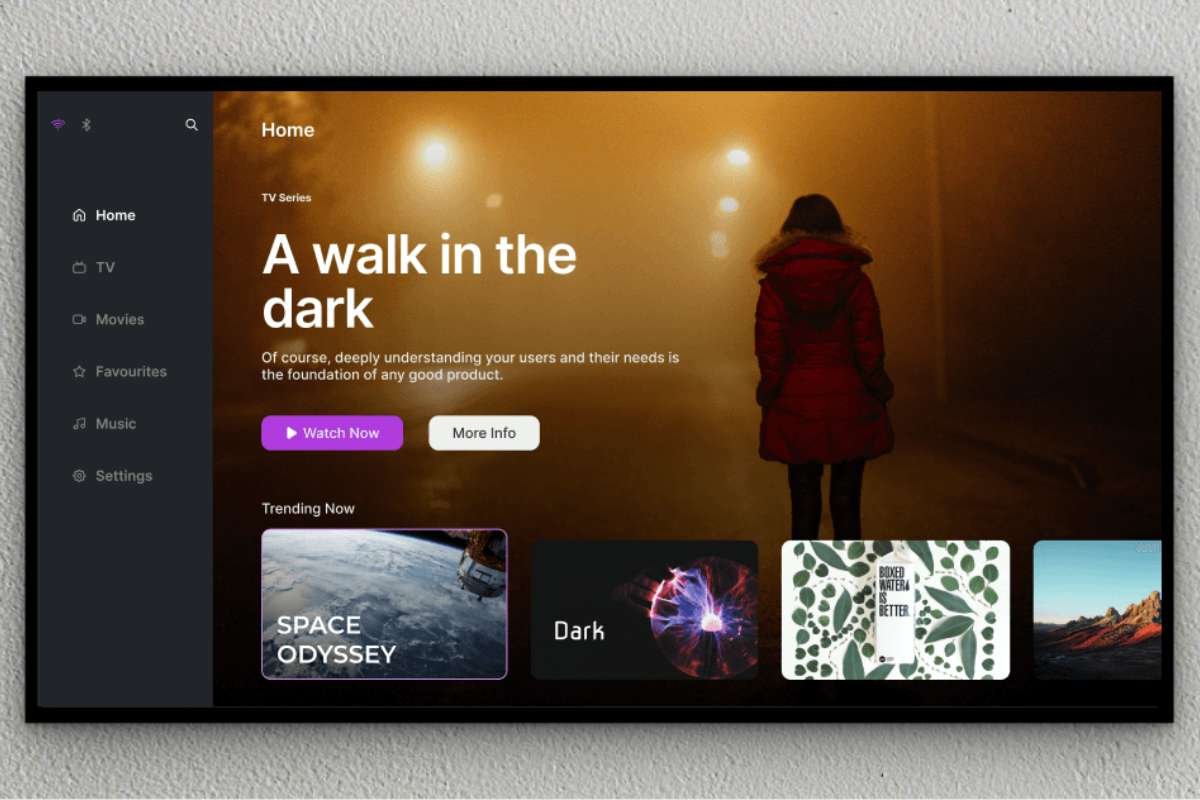
Focus on minimal design, large buttons, and easy-to-navigate menus. The app must be usable with remote controls and voice commands.
Step 4 – Backend Development
Use robust servers that support high traffic and offer fast streaming. Cloud platforms like AWS and Google Cloud help manage content efficiently.
Step 5 – Testing and QA
Smart TV apps must go through rigorous testing across screen sizes, internet speeds, and device brands. This ensures stability and a bug-free experience.
Step 6 – App Store Submission and Updates
Every platform has its store rules. Follow their guidelines for submission. Keep updating the app to fix bugs and add new features based on user feedback.
Challenges in Smart TV App Development
1. Fragmented Ecosystem
There is no single smart TV operating system. Developers must create multiple versions of the app to work across various devices and platforms.
2. Limited Memory and Processing Power
Unlike smartphones, smart TVs often have limited RAM and slower processors. This requires developers to optimize the app’s performance carefully.
3. Internet Dependency
Streaming apps heavily rely on a stable internet. In areas with poor connectivity, performance issues still exist, even with the presence of 5G.
4. Security and Data Privacy
As smart TVs collect user data for personalization, ensuring secure data handling and GDPR compliance is a major responsibility.
5. Remote Navigation Limitations
Designing for a remote (instead of a touch or mouse) is challenging. It limits interaction and increases the need for smarter UI design.
Future Trends in Smart TV App Development
1. Cloud-Based Gaming Integration
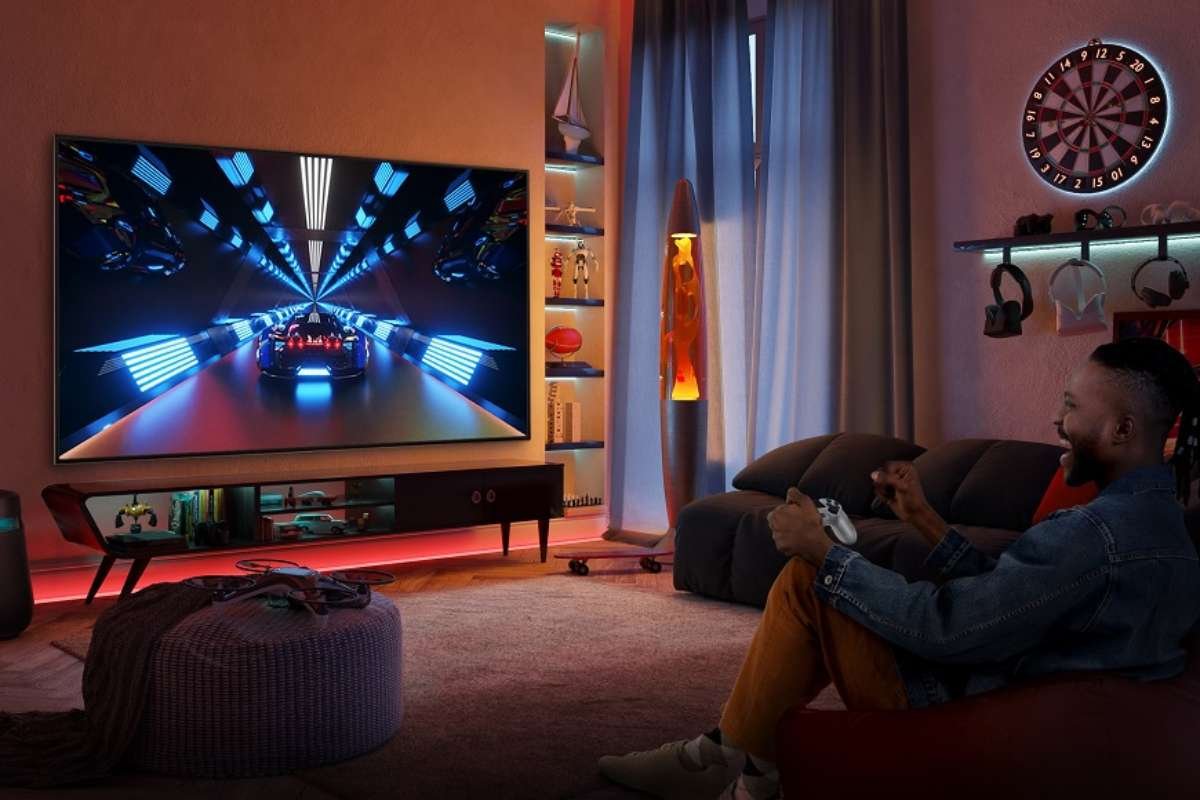
Gaming platforms like Xbox Cloud and Nvidia GeForce NOW are entering smart TVs. Expect more apps offering gameplay without consoles.
2. Augmented Reality (AR) Features
Though still early, AR is being tested for live sports and concerts to display stats or content on-screen while watching.
3. Smart Ads and Interactive Content
Advertising is becoming more user-targeted. Smart TV apps will show interactive ads based on your viewing behavior and preferences.
4. Regional Content Boom
Local content is in demand. Developers are focusing on multilingual support and regional recommendations to reach diverse audiences.
5. Sustainability and Energy Efficiency

Developers are working with TV makers to ensure that apps use less power and support eco-friendly modes while running in the background.
Conclusion
Smart TV app development in 2025 is more than just creating a platform to stream videos. It is about designing immersive, responsive, and user-friendly experiences that match the evolving behavior of modern viewers.
As streaming continues to grow, so does the need for smart apps that can adapt, scale, and perform well across different devices and networks. Developers must stay updated with the latest technology, understand user needs, and overcome challenges like platform fragmentation and performance limitations.
By focusing on personalization, performance, and simplicity, smart TV app developers can create products that engage users and stand out in a competitive market. The future of smart entertainment is here, and it’s happening right on your TV screen.

